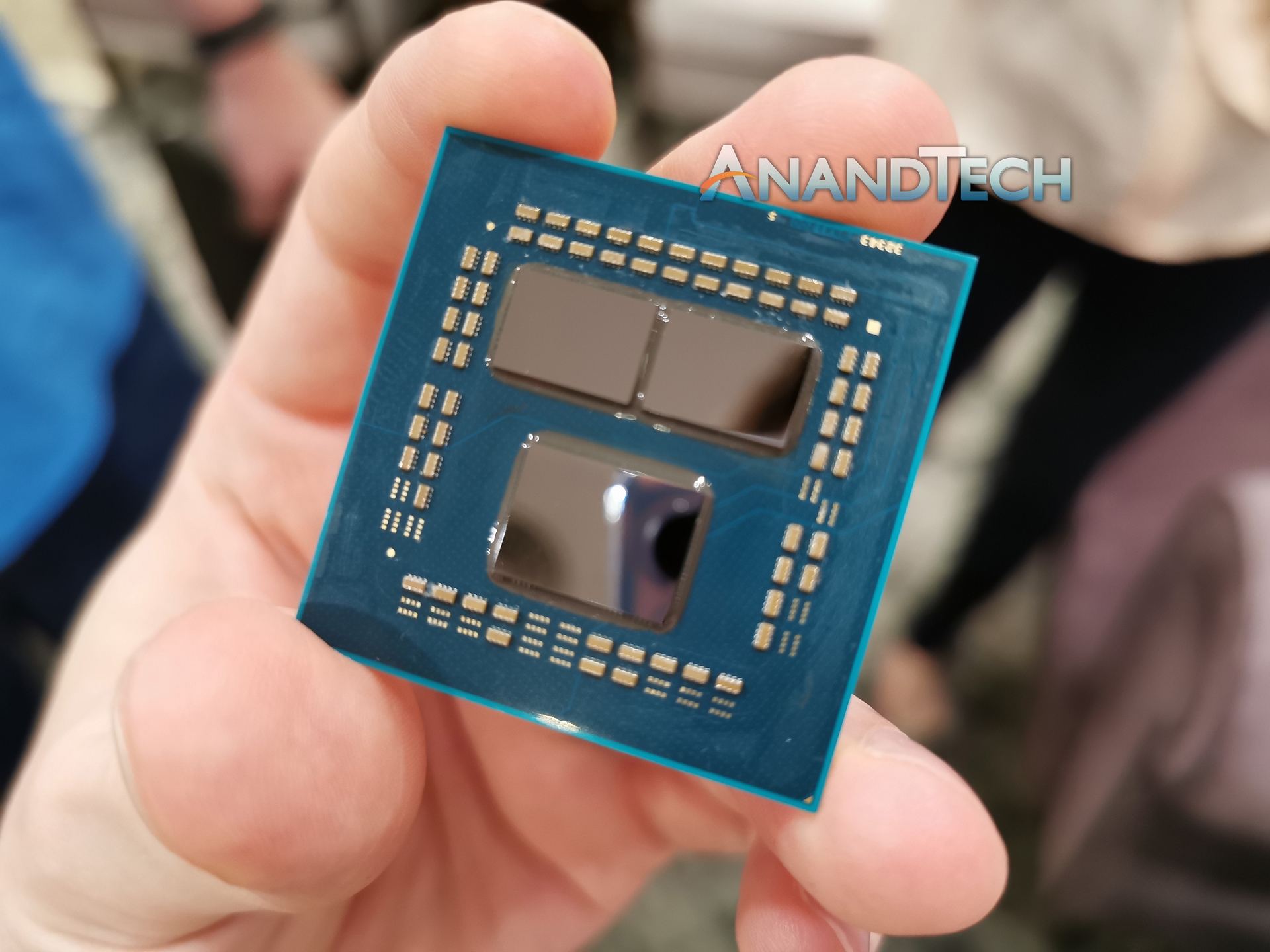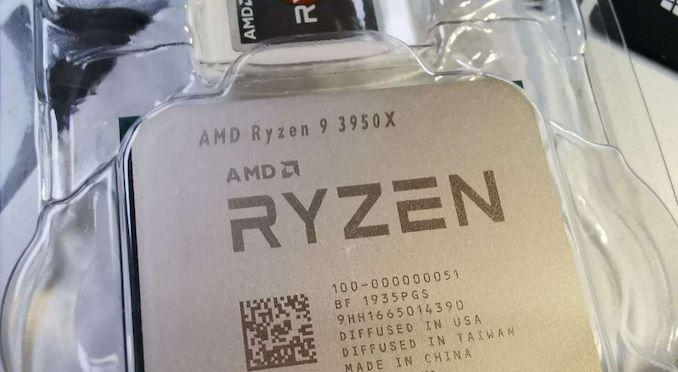

One interesting observation is that the maximum performance occurs with 15 CPU cores enabled, not the complete 16! This is somewhat similar to what was observed in Part 2 of this review (SMT enabled), where 30 threads provided slightly more points than 32 threads. If you would like more detail about this, please read the previous part of this review ( part 2). For example, setting the CPU slot to 5 threads will still result in a 4-thread solve, because the solver is avoiding the numerical issues that occur when trying to stitch the solution together with 5 threads (5 is a tricky prime number to work with numerically). This means that 95% of the results for a given thread setting are statistically predicted to fall within the dashed lines.Īs a side note, certain settings of thread count actually result in the exact same performance, because the client is internally using a different number than the specified value. The plot below includes the individual samples at each data point as light gray dots, as well as a + / – 2 sigma (95%) confidence interval. Unlike in my previous testing on the 3950x, here an increase of 1 thread corresponds to an increase of 1 engaged CPU core, since virtual threads (SMT / Hyperthreading) are disabled. The following plot shows the increase in computational performance as a function of # of threads utilized by the solver. In the case of this performance is rated in terms of Points Per Day (PPD).

Thus, more science gets done in a given amount of time. Note that AMD’s core performance boost was turned off for all tests, so at all times the processor ran at 3.5 GHz.Īs expected, as you throw more CPU cores at a problem, the computer can chew through the math faster. At each setting, I ran five work units and averaged the results. I set the CPU slot configuration for a thread value of 1-16. As before, I ran all testing using V7 client.
Amd ryzen 9 3950x windows 10#
Thus, Windows 10 will only see the 16 physical CPU cores, and will not be able to run two logical threads per CPU core. # of Threads) Test Setupįor this test, I used the same settings as in Part 2, except that I disabled SMT in the BIOS on my motherboard.

Instead of regurgitating all of the previous information, here are some links to bring you up to speed if you haven’t read the previous posts.ĪMD Ryzen 9 3950x Review: Part 1 (Overview)ĪMD Ryzen 9 3950X Review: Part 2 (Average Results vs. In this article, I’m taking a look at how virtualized CPU cores (Simultaneous Multithreading in AMD speak or Hyperthreading for you Intel fans) helps computational performance and efficiency when running on a high-end CPU such as the Ryzen 9 3950x. the distributed computing project helping researchers understand various diseases, definitely makes good use of the 16 cores / 32 threads on the 3950x. In my last post, I showed that the AMD Ryzen 9 3950x is quite a good processor for fighting diseases like Cancer, Alzheimer’s, and COVID-19. This allows for measuring a precise average frequency over a period of time to see how close to the advertised speeds you are in your specific workload.Hi all. If the core is clocked at 4.0 GHz half the time and 2.0 GHz the other half, it will measure 3.0 GHz. When executing half of the time, it will measure 2.0 GHz. If the CPU core clock is 4.0 GHz and is constantly executing the counter will measure 4.0 GHz. This counter increases with each clock cycle the CPU core is executing, meaning it does not increment when the clock is gated (turned off) and the core is idling in lower power states (C-states). It better measures boost frequencies through a per-thread CPU counter (APERF MSR). In this test I’ll be using a new method for measuring boost frequencies, added in HWInfo 6.14 as “Effective Clock”. Realistically this is achieved by lower frequencies when all cores are used, possibly with the help of binned dies for better power efficiency. It can be argued that this is impressive by itself while keeping the 105W TDP spec.

The advertised peak boost clock is increased from 4.6 GHz to 4.7 GHz. It’s still the same two CCD configuration, but with all available cores enabled. What I mean by that is the changes are very much incremental compared to the already released Ryzen 9 3900X. The AMD Ryzen 9 3950X is not a revolutionary processor by any means. In this piece we’ll take a brief look at how it does in terms of performance, power, temperature and boost clocks. With the release of the AMD Ryzen 9 3950X, the highest available core count in this segment has doubled in the past six months. Since it was first discovered the latest product line of AMD mainstream desktop processors would be configured with up to two CCD (Core Complex Dies) there has been anticipation for a 16-core model.


 0 kommentar(er)
0 kommentar(er)
